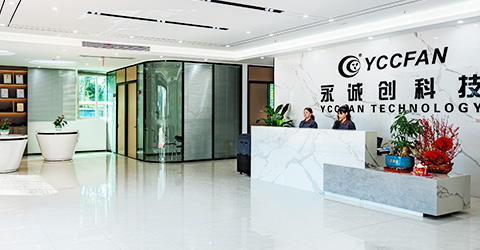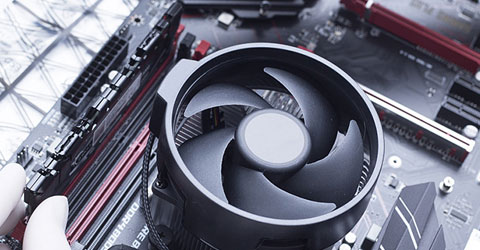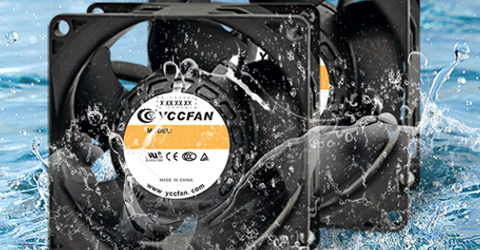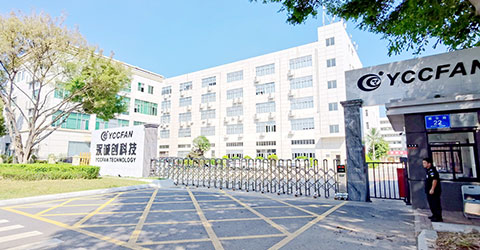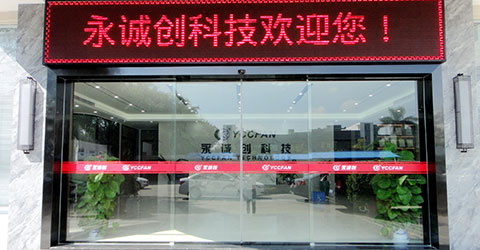How to Choose an Industrial Fan: A Complete Guide
In any industrial or commercial facility, maintaining proper airflow and temperature control is crucial for both equipment performance and workplace safety. An industrial fan or cooling fan plays a central role in achieving this by efficiently moving air to ventilate, dissipate heat, and create a comfortable working environment. However, with a wide variety of fan types, materials, and performance specifications available, choosing the right fan can feel overwhelming.
This guide breaks down everything you need to know—from understanding what an industrial fan is, to evaluating key factors, and following practical steps to select the ideal cooling fan for your facility.
What Is an Industrial Fan?
An industrial fan is a heavy-duty, high-performance device designed to move substantial volumes of air, serving critical functions such as ventilation, cooling, and heat management in commercial and industrial settings. Unlike typical household fans, these units are built to withstand continuous operation under demanding conditions, including prolonged use and exposure to extreme temperatures, dust, or other challenging environments.
These cooling fans are essential in a wide range of applications. They help maintain safe operating temperatures for machinery and electrical systems, preventing overheating and ensuring equipment reliability. In large-scale facilities like warehouses, factories, or production plants, industrial fans support consistent airflow, enhancing both operational efficiency and workplace comfort. Additionally, they are highly effective in high-heat or hazardous areas, such as foundries or chemical processing units, and can assist in controlling airborne dust, fumes, or other particulates.
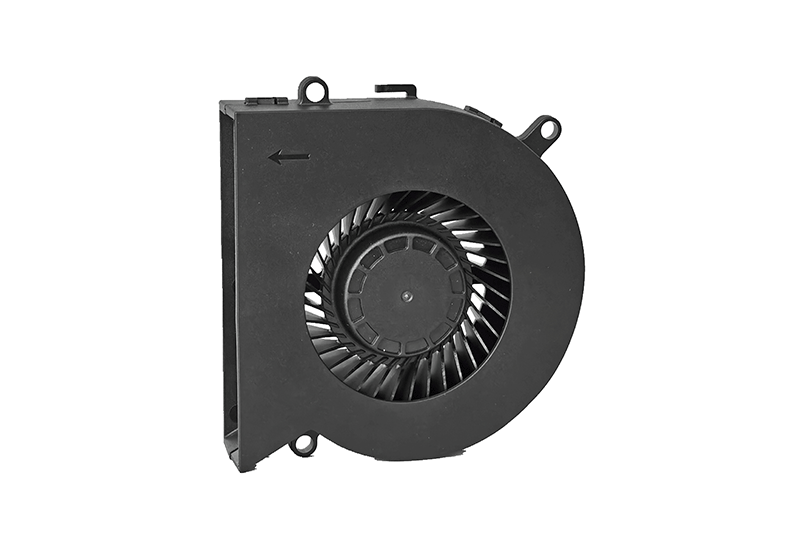
Industrial cooling fans are available in various designs to meet specific operational requirements. Axial fans move air in a straight line and are ideal for applications needing high airflow with relatively low pressure. Centrifugal fans, in contrast, provide higher pressure and are suitable for ducted or confined systems. Blower fans focus airflow in a concentrated stream, making them suitable for targeted cooling or ventilation tasks. This variety in configuration allows industries to select the right fan type based on their specific performance needs, environmental conditions, and operational demands.
Key Factors to Consider for an Industrial Cooling Fan
When selecting an industrial fan for your facility, it’s crucial to evaluate several key factors to ensure your equipment operates efficiently and remains reliable over time. A well-chosen cooling fan not only protects machinery from overheating but also contributes to energy efficiency and workplace safety.
Airflow Requirements (CFM)
One of the first considerations is the volume of air the cooling fan can move. Measured in cubic feet per minute (CFM), airflow determines how effectively heat is removed from your machinery, electrical systems, or workspace. Choosing a cooling fan with insufficient airflow can lead to overheating and faster wear of your equipment, while an oversized fan may result in wasted energy and higher operational costs. Calculating the precise airflow based on the size of the area and the heat generated by your machinery helps ensure that your industrial fan performs optimally without unnecessary energy consumption.
Fan Type
The type of industrial fan you choose plays a major role in its effectiveness. Axial fans move air in a straight line, making them suitable for large, open areas where high-volume, low-pressure airflow is needed. Centrifugal fans, on the other hand, generate higher pressure, enabling air to travel efficiently through ducts or enclosed systems—ideal for complex industrial setups. Blower fans concentrate airflow into a focused stream, providing targeted cooling for specific equipment or localized spaces. Selecting the right fan type ensures that the airflow from your cooling fan reaches exactly where it is needed.
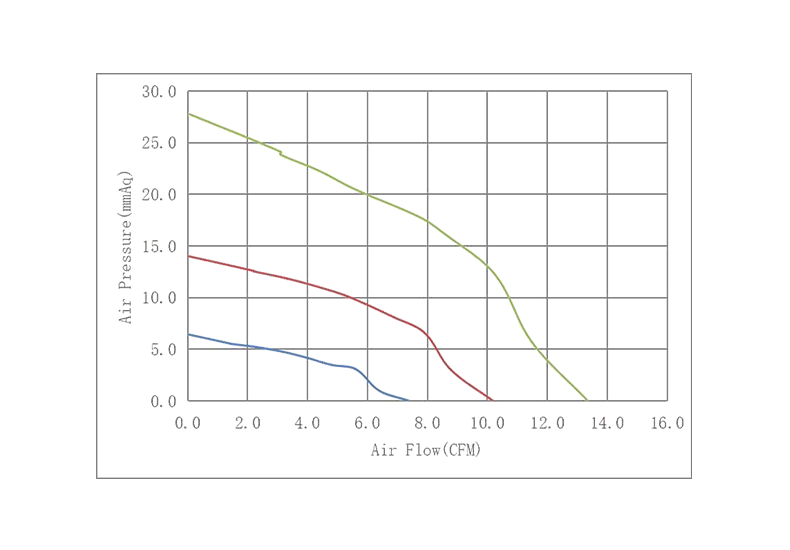
Noise Level
Many industrial cooling fans produce significant noise, which can affect comfort and safety in the workplace. If your staff work near the fan or in indoor environments, it’s important to consider the decibel rating. Fans with low-noise designs or vibration-dampening features can help maintain a quieter, more comfortable environment without compromising the performance of your cooling fan.
Durability and Material
Industrial environments can be harsh, exposing fans to heat, dust, moisture, and chemicals. Choosing an industrial fan made from corrosion-resistant metals, high-grade plastics, or other durable materials ensures long-lasting performance. A robust design not only extends the lifespan of your cooling fan but also reduces downtime and maintenance costs, keeping your operations running smoothly.
Power and Efficiency
The energy consumption and motor specifications of your fan are critical considerations. High-efficiency industrial fans deliver reliable airflow while minimizing electricity usage. Ensure that the motor power and voltage requirements of your cooling fan match your facility’s electrical system to avoid overloading and maintain operational efficiency.
Temperature and Environment
Not all fans are built for the same conditions. Some industrial fans can handle extreme heat, high humidity, or exposure to dust and oil. Selecting a fan designed to withstand your specific environmental conditions ensures consistent cooling and prevents potential performance issues over time.
Maintenance and Accessibility
Finally, think about how easy it will be to maintain your cooling fan. Fans with accessible blades, removable filters, or modular components simplify cleaning and repairs, reducing downtime and maintenance costs. Regular upkeep not only extends the life of your industrial fan but also keeps your cooling system functioning at peak performance.
Steps to Choose an Industrial Cooling Fan
Selecting the right industrial cooling fan doesn’t have to be overwhelming. By approaching the process step by step, you can make sure your fan meets your operational needs, suits your environment, and provides reliable cooling for the long term.
Assess Your Cooling Fan Requirements
Start by identifying which equipment, workstations, or areas require cooling. Take precise measurements of the space and calculate the heat output generated by your machinery or electrical systems. Understanding these factors helps you determine the airflow capacity your cooling fan must deliver. Choosing a fan that matches your needs ensures efficient heat dissipation without overloading the system or wasting energy, keeping both your equipment and workplace comfortable.
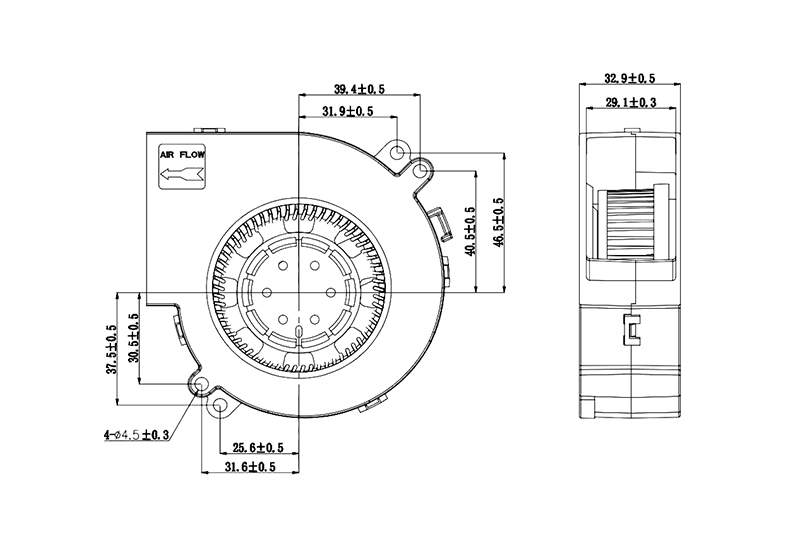
Choose the Right Type of Industrial Fan
Next, consider the type of industrial fan that best suits your application. Axial fans are perfect for moving large volumes of air in open spaces with low resistance. Centrifugal fans are ideal if you need higher pressure airflow to navigate ducts or enclosed systems. Blower fans concentrate airflow for precise, targeted cooling of specific equipment or localized areas. Picking the correct type ensures your cooling fan delivers air exactly where it’s needed, maximizing efficiency.
Evaluate Material and Build Quality of Your Cooling Fan
The environment where your industrial fan will operate plays a crucial role in selecting the right materials. Exposure to heat, dust, moisture, or chemicals demands a fan built from corrosion-resistant metals, reinforced plastics, or other durable materials. A high-quality construction not only guarantees reliable performance but also reduces the frequency of repairs and prolongs the life of your cooling fan, saving time and maintenance costs.
Verify Power Requirements and Energy Efficiency
Consider the motor specifications and energy consumption of the industrial cooling fan. High-efficiency fans provide consistent airflow while minimizing electricity usage, which is especially important for facilities with multiple units running continuously. Make sure the fan’s power and voltage match your facility’s electrical system to avoid overloading circuits and maintain sustainable, cost-effective operation.
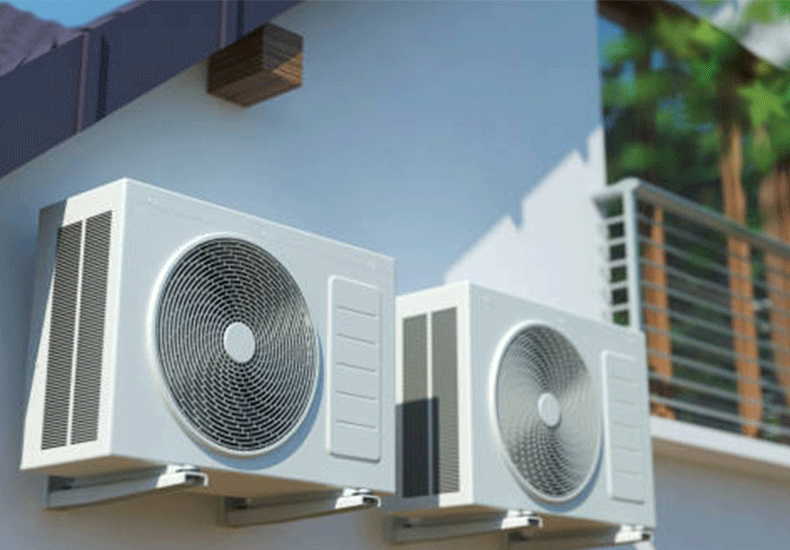
Consider Noise Levels and Vibration Control
Noise and vibration can significantly affect workplace comfort and safety. Evaluate the acceptable sound levels for your workspace and look for industrial fans designed with low-vibration features or sound-dampening components. Choosing a fan that balances performance with quiet operation ensures your staff can work comfortably without compromising the effectiveness of the cooling fan.
Plan for Maintenance and Accessibility
A fan is only effective if it’s easy to maintain. Opt for a cooling fan with accessible blades, removable filters, and modular components. This design simplifies routine cleaning, inspections, and repairs, reducing downtime and ensuring your fan continues to operate efficiently over time. Regular maintenance also helps maintain consistent airflow and prolongs the fan’s overall lifespan.
Ensure Safety and Compliance
Finally, check that your industrial fan complies with relevant safety standards and industry certifications. A fan that meets these requirements protects both your equipment and personnel, ensuring your cooling system operates safely and reliably. Compliance also provides peace of mind, knowing your cooling fan meets regulatory expectations in your region.
Conclusion
Selecting the right industrial cooling fan is more than just picking a model off the shelf. By carefully assessing your airflow requirements, fan type, materials, energy efficiency, noise levels, and maintenance needs, you can ensure reliable cooling, protect your equipment, and create a safer, more comfortable work environment.


